
- Police deploy drones for many reasons: Search and rescue, law enforcement, disaster response, and crash scene investigation;
- Drones help police collect various types of data, including thermal imagery, zoom and visual data, and LiDAR mapping;
- Best drones for police include the DJI M300 RTK, DJI M30 Series and DJI Mavic 2 Enterprise Advanced.
From finding missing people to mapping a crime scene, UK police forces are seeing the benefits of drone technology.
More and more Forces are embracing UAS (unmanned aircraft systems) to fight crime, keep their communities safe, and collect vital information.
Police drones enable officers to collect data and obtain real-time vital situational awareness, quicker and safer. It is also significantly cheaper than calling on the National Police Air Service helicopter.

Police can use drones for:
- Finding missing people/searching for suspects
- Mapping a crime scene or for accident reconstruction
- Major incident response
- Gathering evidence
- Crowd control/pre-planning for a major event
This blog examines how police are using drones, with some real-world case studies.
Police Drones: Five Ways A Drone Has Helped Police Operations
The below examples showcase the best use-cases for police drones.
1: Finding Missing People
Using thermal and/or zoom cameras, drones can be used to find missing people.
There have been numerous cases of unmanned aircraft locating a missing person, when other methods have failed.
This video shows the moment that North Wales Police found a pensioner who had been missing for almost 24 hours.
The team deployed a DJI M300 RTK and H20T camera, with thermal and zoom capabilities.
Lead pilot Sergeant Paul Terry said: “If the drone hadn’t of been there, he wouldn’t have been seen. It’s very likely he wouldn’t have been located that night and his life was saved because of that tactic.”
You can read the full story here.
2: Accident Reconstruction
Deploying UAS for accident reconstruction cuts down the evidence-gathering process - taking less than 30 minutes for a job that used to take three or four hours.

Not only does this speed up the data-collection process, but also means that roads can be reopened faster and cuts down on officer on-scene times.
In just a single flight, drones can collect hundreds of images to create accurate and detailed 2D maps and 3D models for thorough accident investigation, including measuring skid marks, examining damage and streamlining communication between investigation teams.

The same application can be applied to mapping any crime or incident scene.
Find out more in our in-depth guide to using drones for crash-scene reconstruction.
3: Evidence Gathering
Drones provide a great way of collecting evidence - often with a unique aerial perspective.
Take Lincolnshire Police, for example. Using an unmanned aircraft with thermal capabilities, the drone team landed its first prosecution by uncovering a professional cannabis growing operation.
The footage was passed on to the investigating team to obtain a search warrant, and it was used in evidence at court
A Force spokesman said: "We turned up and flew the drone 400ft across an open field, before hovering 50m from the property - and the heat source was obvious. The filming from the drone took one minute and 20 seconds, and it was only in the air for five minutes from start to finish.
"The drone provided us with visuals that couldn’t really have been done in any other way. Yes, the National Police Air Service helicopter could have done this, but this would have been at a cost of about £3,000 per hour. Instead, we did this with the drone as part of our routine duties."
4: Disaster Response
Drones are an essential tool to use during or following a major incident.
Every second counts, and drones can be deployed quickly and cost-effectively, reaching inaccessible areas and providing vital information about the crisis in real-time - all while keeping officers safe.
Police drones showed their worth during the Whaley Bridge dam incident in Derbyshire.
Derbyshire Constabulary deployed its fleet of DJI drones to monitor the extent of the situation and patrol the evacuated town following reports of attempted burglaries at empty properties.
These series of shots showed how the drone with zoom camera was able to obtain a crystal-clear view of the damage, from afar...



...while this image shows how the drone provided real-time information about the placing of bags of aggregate, by RAF Chinooks, and spotted for any breaches.

PC Tom Gee said: "If we didn't have the drone, somebody would have had to go up close to the damage - scaling down on a rope down the dam to have a look and putting their life at risk."
Read the full story here.
5: Crowd Control And Planning At Major Events
Surveillance by drone is an important and valuable part of policing - but Forces will not deploy unmanned aircraft to simply spy for no good reason.
Drones can be deployed by police for a range of observation missions, such as scouting key areas or suspects, obtaining vital situational awareness to help with deployment tactics, and monitoring crowd behaviour and movement. They are particularly useful for investigating suspects - especially those who could be armed - while maintaining a safe distance.
In one example of using drones for crowd control, Norfolk Police deployed unmanned aircraft on derby day between Norwich City and Ipswich at Carrow Road.
The drone offered a quick, cheap and readily-available solution which was impossible for fans to take counter-measures, and offered unique and better views. Sent into the sky, it scanned the crowd and sent live pictures to officers on the ground.
This situational awareness was vital and helped police make sensible and proactive strategic decisions. For instance, after the game, rival fans faced off outside the ground, separated only by a flimsy fence.
However, the drone footage of the crowd meant that police could see the situation developing early and were able to redistribute ground forces to the trouble spot and de-escalate the situation.

If persistent surveillance is required, a drone tether can be used to provide almost limitless flight time.
What Are The Best Police Drones?
There are numerous drones that police can use, offering different capabilities and key features.
The DJI solutions that stand out are the M300 RTK, M30 Series, and Mavic 2 Enterprise Advanced.
You can find out how these drones compare by reading our M300 RTK vs M30 Series vs Mavic 2 Enterprise Advanced comparison blog or scroll down for an overview of each platform.

DJI M300 RTK
The M300 RTK is a powerful and highly versatile enterprise drone, making it an ideal aircraft for the police.

Its key benefits include:
- Endurance: Fly for up to 55 minutes without payload, or up to around 48 minutes, depending on the payload used.
- IP45 Rating: Enhanced weather protection, meaning this versatile drone isn't grounded in the event of wet weather.
- Swappable Payloads: Compatibility with a range of payloads, including thermal, zoom, LiDAR and photogrammetry sensors, as well as loud speakers and bright spotlights. The M300 RTK can also carry up to three payloads at once.
The ability to swap payloads makes the M300 RTK an attractive proposition for the police - from using thermal to detect heat sources during a missing person mission, to LiDAR for building maps in highly-vegetated areas.
We take a look at some of the best M300 RTK payloads for police, and how they help operations.
H20T
The H20T camera is a quad-sensor solution, providing mission versatility in a single payload.
The H20T features:
- 20MP Zoom Camera
- 12MP Wide Camera
- 1200m Laser Rangefinder
- 640 x 512 px Radiometric Thermal Camera
This video, captured by the H20T, shows how the camera can be used to display a thermal and visual feed, side-by-side, in real-time. Police can often be deployed to assist fire and rescue crews.
Meanwhile, the H20T has the ability to conduct Smart Tracking - perfect for keeping eyes on a suspect or vehicle.
L1 LiDAR Sensor
LiDAR is a highly-effective tool for the police. It is highly accurate, highly automated, can be deployed at night, and is particularly effective in areas of dense vegetation. It can be used for a range of applications, such as crime and crash scene investigation, search and rescue, and following natural disasters and fires.

Read our in-depth guide to Using LiDAR For Public Safety for more information.
The DJI Zenmuse L1 is a cost-effective, lightweight, plug-and-play drone payload, engineered for the M300 RTK.

The L1 can generate detailed maps and penetrate dense vegetation thanks to its multi-return capability; a highly-efficient and accurate solution; and can generate point clouds in live view to provide immediate insights.
It also has a 20MP photogrammetry sensor to create 2D orthomosaics and 3D models.
The L1 can be used with DJI Terra for a one-stop post-processing solution, helping you generate 3D point clouds and accuracy reports.
P1 Photogrammetry Camera
On the subject of maps and models, the DJI Zenmuse P1 45MP full-frame photogrammetry camera can be used to build highly-detailed digital assets - especially useful for crash-scene investigation.

It is a highly-efficient and extremely accurate photogrammetry solution, covering large areas quickly.
Read our in-depth guide to the P1 to find out how it can transform aerial photogrammetry workflows.
Extra Payloads - Loud Speakers And Spotlights
The M300 RTK can carry more payloads than just cameras and sensors, such as loud speakers and spotlights.
The CZZN Loud Speaker can be used by police in a range of scenarios, including remote communication with people following a major disaster, casualties or missing peple, or suspects.
This video, courtesy of Devon and Cornwall Police, shows how effective this can be.
The Force has said that it allowed them to communicate with people in a way 'not previously possible'. Read the full review.
Meanwhile, the Z15 spotlight provides a powerful, targeted aerial light source, ideal for a range of police missions, including public safety, law enforcement and searches for missing people.

DJI M30 Series
The DJI M30 Series is a great drone for the police and public safety: Featuring the performance of the M300 RTK but packing it into a more portable, lightweight, smaller frame, more akin to the Mavic 2 Enterprise Advanced.

The DJI 30 Series has an enhanced IP rating of IP55 and a 41 minute flight time. The payload on the DJI M30 and M30T is fixed, but has high-performance capabilities:
- Wide Camera: Equivalent Focal Length: 24 mm, DFOV: 84°; 12 MP 1/2'' CMOS Sensor; Video Resolution: 4K/30fps.
- Zoom Camera: 48 MP 1/2'' CMOS Sensor; 5x-16x Optical Zoom, 200x Max. Hybrid Zoom; Photo Resolution: 8K; Video Resolution: 4K/30fps.
- Thermal Imaging Camera (M30T only): Equivalent Focal Length: 40 mm; Resolution: 640 x 512 or Infrared Image Super-resolution Mode: 1280 x 1024; Frame Rate: 30fps; Measurement Accuracy: ±2°C or ±2%.
- Laser Rangefinder: Range: 3 m - 1200 m; Accuracy: ±(0.2m+D×0.15%).
These videos show how Lincolnshire Police has deployed the M30T for numerous search and rescue operations.
RESULT** High Risk Missing Person in their 70s with dementia located today, by our brand new @lincspolice #drone in East Lindsey, Lincolnshire. Officers guided in misper safe guarded. Inc 268 19/06/22 @DJIGlobal @DJIEnterprise #M30 #dronesforgood pic.twitter.com/rXHAbKfdFd
— Lincolnshire Police Drones (@LincsCOPter) June 19, 2022
Meanwhile** our operational success continues with our new @DJIEnterprise #M30. Video from Sunday shows two High Risk Missing Persons, located in the dark, in a field by the A15 #thermal #camera. This #drone find ensured quick safeguarding & helps free up @LincsPolice officers. pic.twitter.com/Vv0h1bPLwK
— Lincolnshire Police Drones (@LincsCOPter) June 23, 2022
Additional modules can be integrated with the M30 Series, such as the LP12 loudspeaker/spotlight, which is an ideal accessory for police/public safety, for operations such as search and rescue and ground communication.

DJI Mavic 2 Enterprise Advanced
The M300 RTK is a rugged and heavy-duty police drone solution. The DJI Mavic 2 Enterprise Advanced meanwhile is a lightweight, portable and quickly deployable aircraft: Ideal for deploying as a first responder drone, or using on-the-go.

In its own right, the Mavic 2 Enterprise Advanced is a powerful police drone, with impressive capabilities for its size, including a high-resolution thermal camera.
Unlike the M300 RTK, the M2EA has a fixed payload array, and is not waterproof, but packs plenty into its small frame, making it a powerful portable solution for the police.
Its key features include:
- 1/2" CMOS capturing 48MP imagery
- Radiometric thermal sensor with 640 x 512 px thermal resolution and 30Hz frame
- 32x digital zoom and 16x thermal zoom
- Modular accessories - spotlight, loud speaker and beacon.
- 31 minutes flight time.

PC Tom Gee, UAS Accountable Manager for Derbyshire Constabulary’s Police Drone Unit, described the Mavic 2 Enterprise Advanced as a game-changer for public safety, praising the aircraft’s upgraded thermal and visual sensors, which he says make for more confident searches and reliable data collection. Read the full story here.
heliguy™ has designed a robust, collision-proof cage to protect the Mavic 2 Enterprise Advanced - particularly useful for confined space inspection. The video below, courtesy of London Fire Brigade, shows the cage's resistance to bumps and collisions.
What Training Do Police Need To Use Drones?
The type of training police drone units require depends on the type of drone and operations the Force is planning to conduct.
The training is split into two course options: The A2 CofC or the GVC. You can find out more by reading our in-depth guide to UK drone laws. heliguy™ recommends that the GVC is the most comprehensive course for police forces.

The heliguy™ in-house training team - which consists fixed-wing and rotary-drone specialists, including former Armed Forces personnel - has trained more than 3,000 candidates, including more than 30 UK emergency services.
The ES-DOT course is specifically designed for police forces, delivering the CAA-approved syllabus in a closed-course environment, with a focus on public safety.
heliguy™ also offers CPD (Continuing Professional Development) training for the emergency services and fixed-wing tuition, as part of other offerings.
Click to find out more information on our drone training provision.

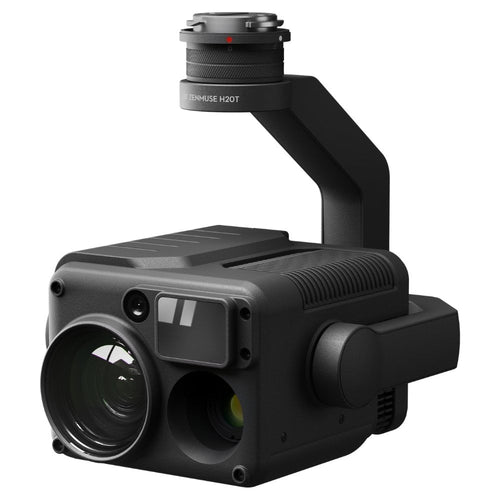
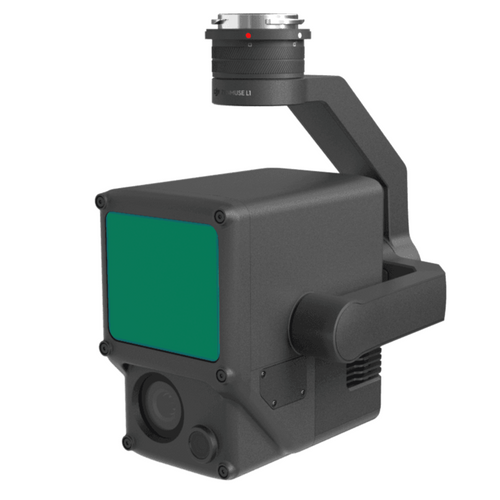
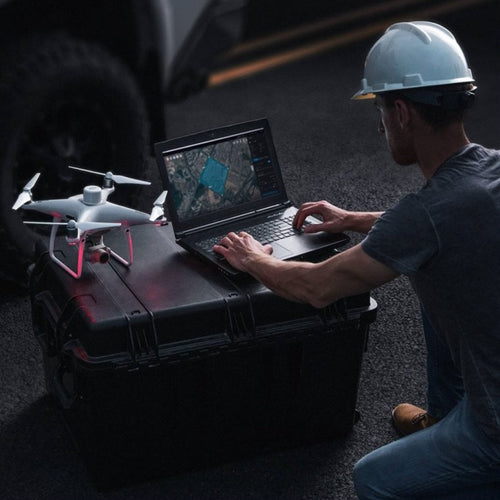
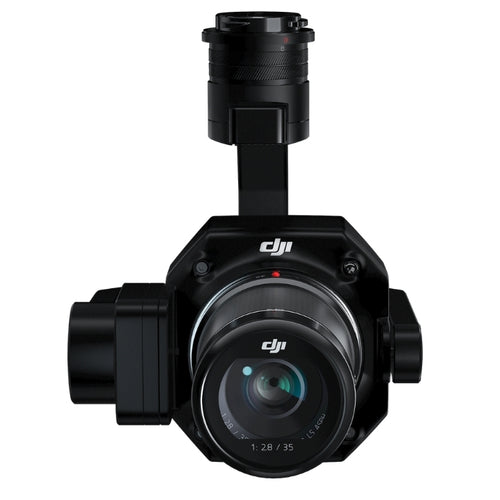
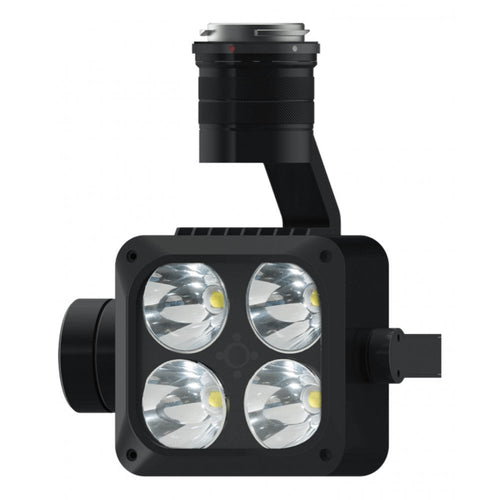
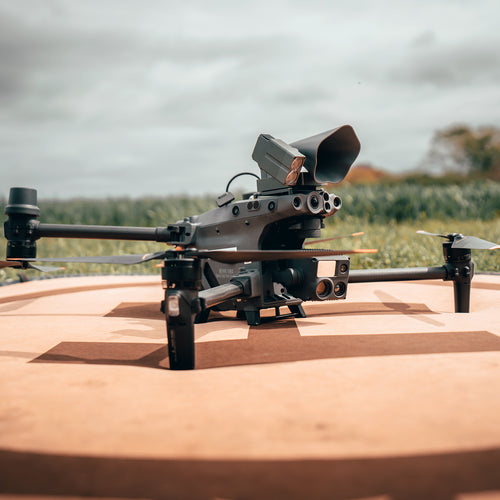
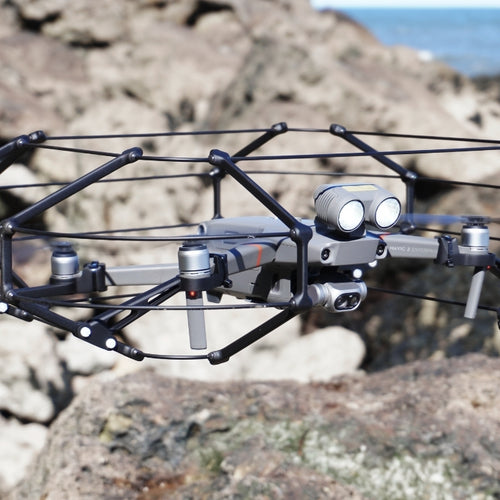





Wow this is great thanks . so many questions have been answered.
Leave a comment